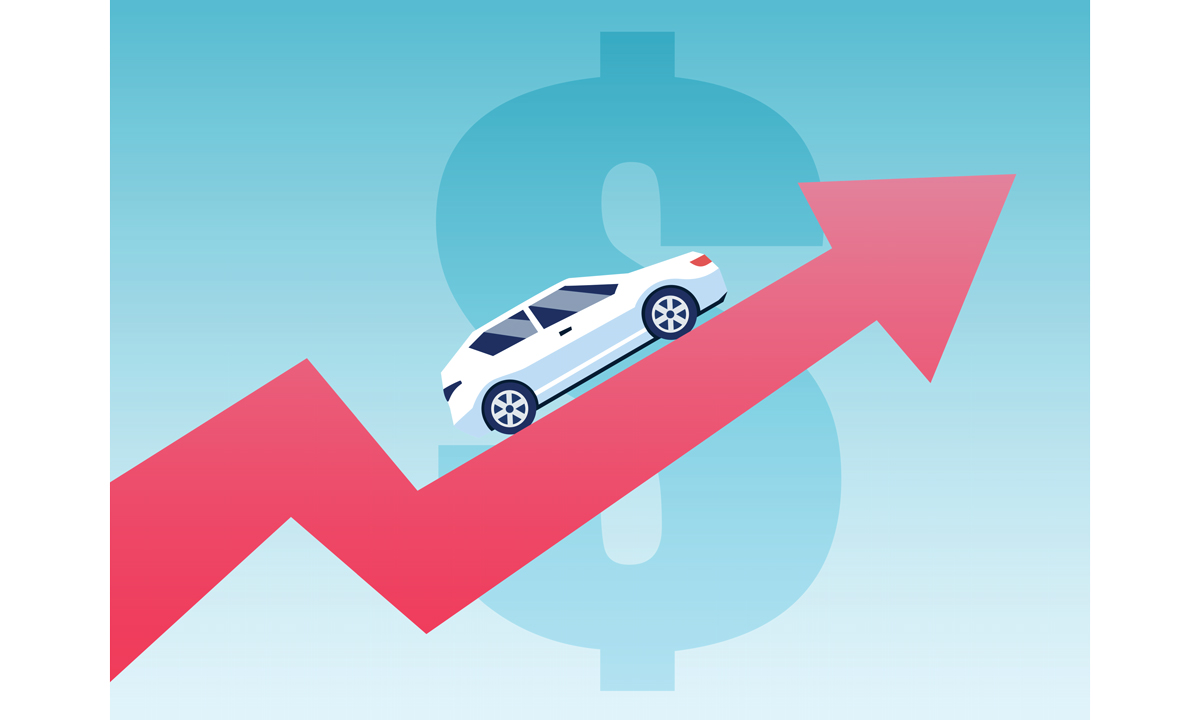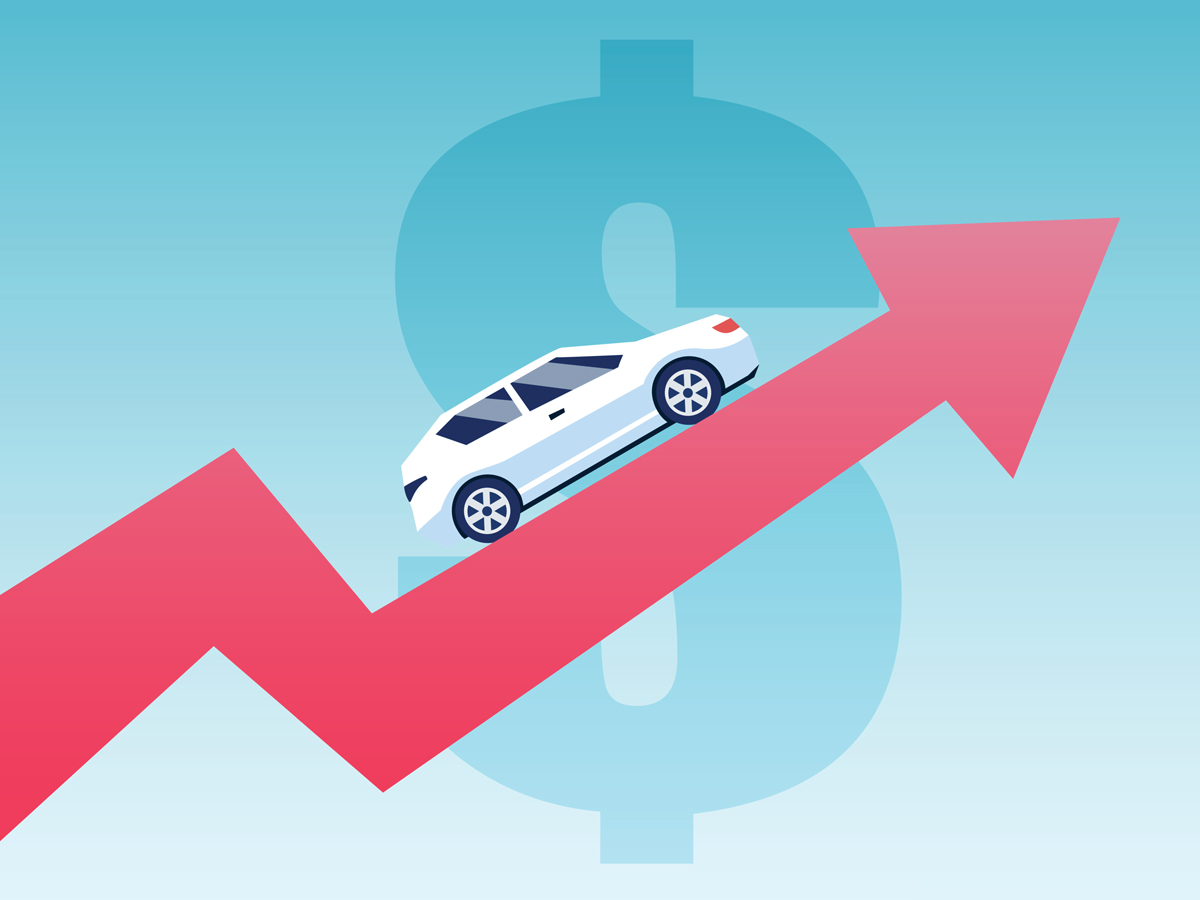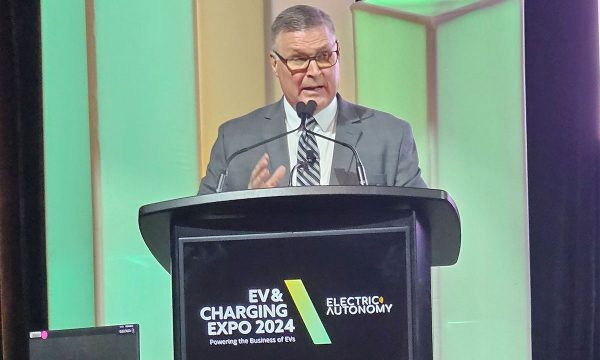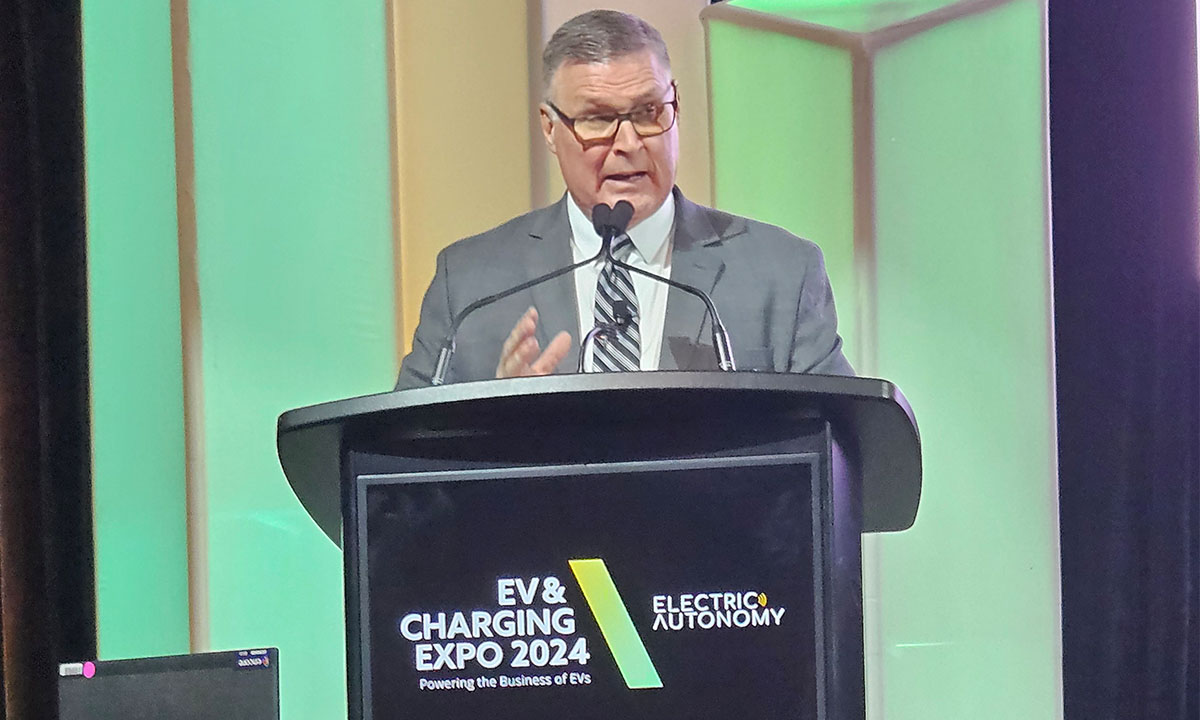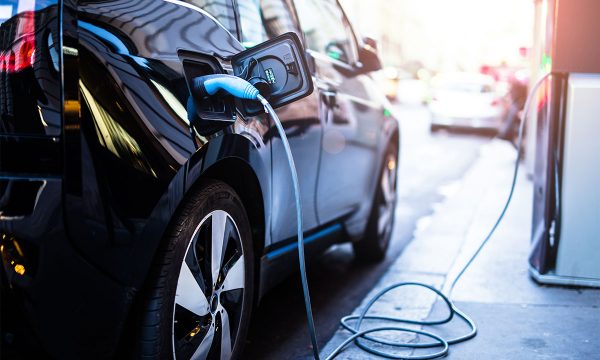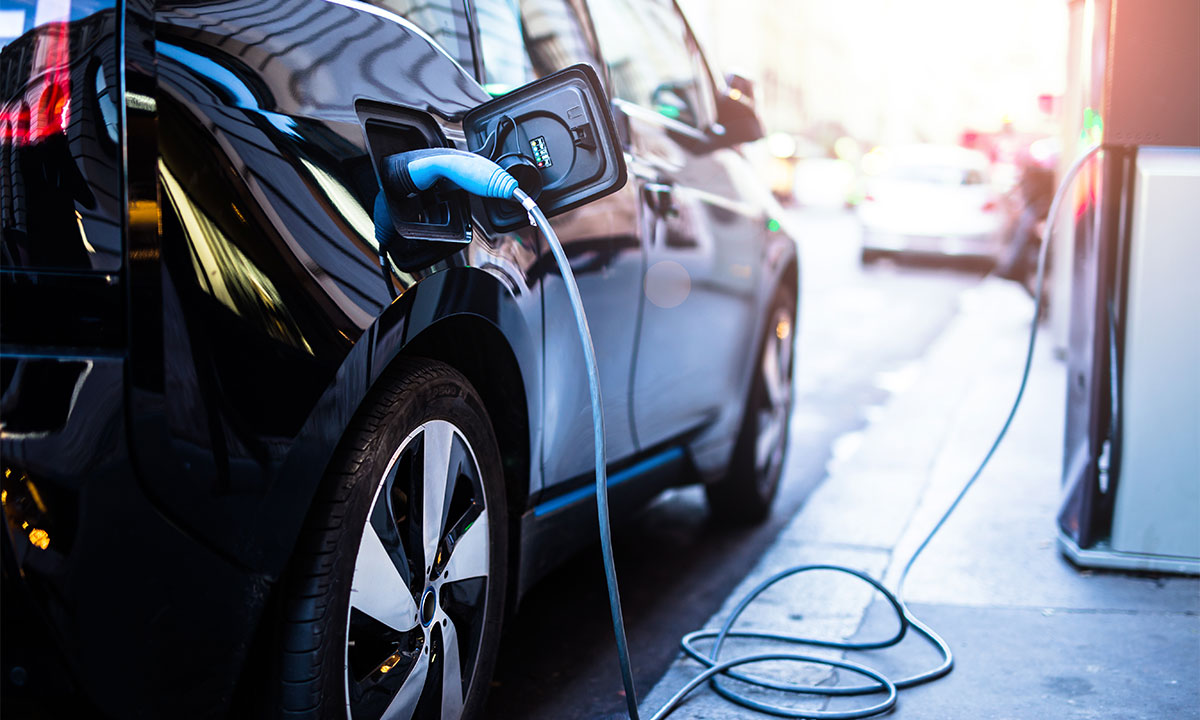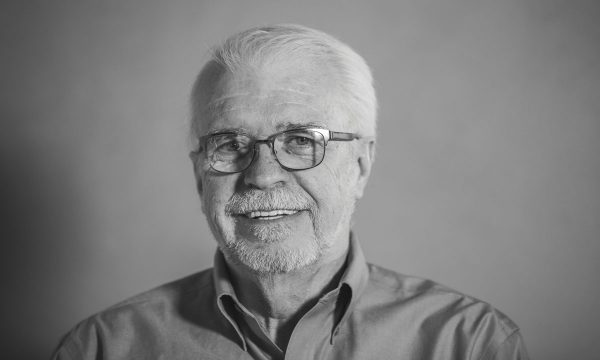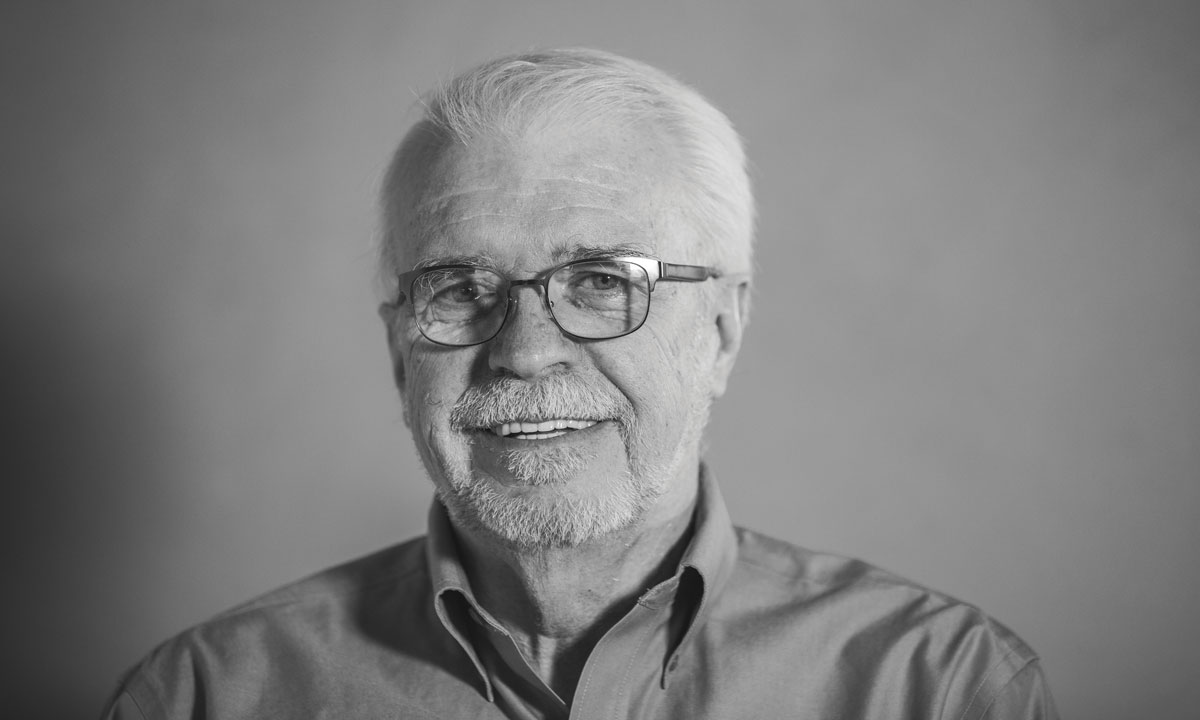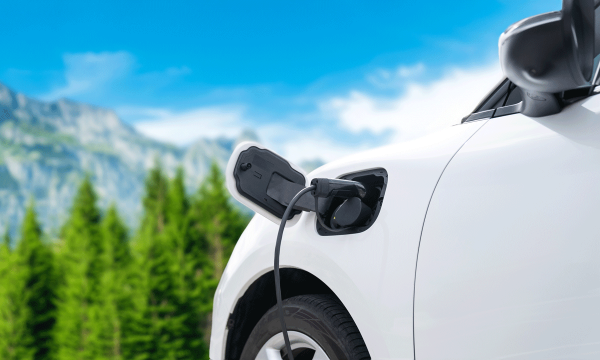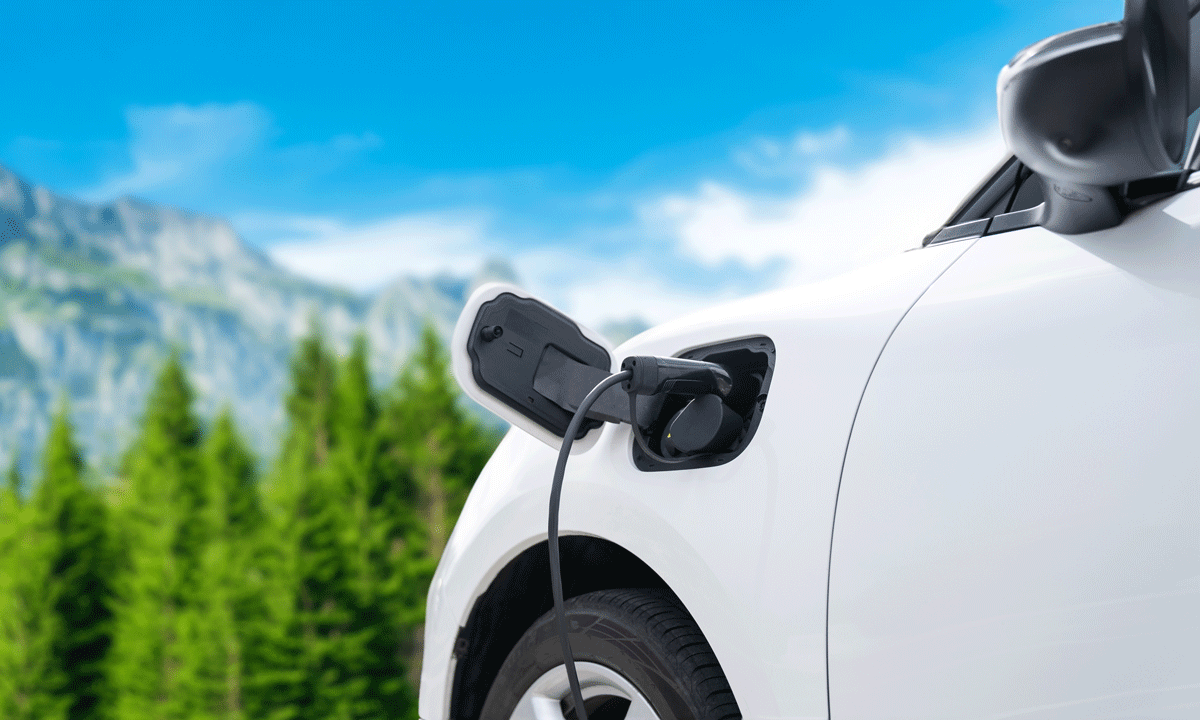Auto dealers who evolve, have a different, but bright future.
In 2019, Forbes magazine offered one of the best descriptions of disruption I’ve read:
“Disruption is rarely invited… it is almost always forced on us, particularly in a mature industry, when some external circumstance forces businesses to react, usually after trying to resist for as long as possible… and there are always winners and losers.”
This is an apt description for our industry, and, if we’re honest, for auto retailers in particular. It’s funny how decades of success create inertia to change. The winners and losers comment resonates as it implies we have a choice. I’d like to offer a few thoughts on how Canadian dealers can remain winners.
Respected industry analyst Steve Greenfield of Automotive Ventures LLC recently published a comprehensive dealership risk assessment. In this analysis, over 15 potential threats are examined across two dimensions: the likelihood of each threat happening (from improbable to very likely), and the anticipated consequences on the dealer’s business (from minor to catastrophic).
This is an interesting read. But what’s missing in my view is a discussion of how dealers can and should respond to these disruptive forces. Let’s take a quick look at three potential threats most likely to occur (or already are).
Are the consequences really this dire? If we do nothing—potentially.
1. Evolving Customer Expectations
The pandemic accelerated customer expectations for a truly omnichannel experience — the seamless blend of physical and digital engagement with their preferred automotive brand.
Expectations when buying a new vehicle are now shaped as much by experiences outside our industry as previous dealership experiences.
When I consider my own consumer preferences, I gravitate to brands like CIBC, Air Canada Aeroplan, Marriott Bonvoy and Amazon that provide convenient, transparent and personalized “know me” experiences.
Every research study I’ve conducted or read over the last three years confirms I am not alone. Canadians are asking the question: Why can’t my dealer do that too?
So what’s the antidote? How can dealers thrive in a market where customers expect more from us than ever? Successful dealers are adopting a new playbook in sales and aftersales that can be summarized in one, four letter acronym: TEFF. This stands for Transparent, Efficient, Flexible and Facilitated.
TEFF-aligned dealers are transparent in all interactions with their customers, work tirelessly to improve process efficiency to respect the customer’s time, strive to deliver a personalized experience at every touchpoint (in-person and/or online) and ultimately, help the customer to acquire and maintain their new vehicle.
2. Electrification
Government mandates notwithstanding, OEMs are rapidly moving to an electric future. In Canada, EV adoption is approaching 10 per cent, though with an uneven pace across the country.
In the Prairies and Atlantic Canada, dealers are typically selling EVs to innovators and early adopters — customers seeking the latest technology and/or a lower carbon footprint. These folks are typically less price sensitive and often know more about their new EV than their salesperson or service advisor.
But in B.C. and Quebec, where EV adoption is already in the double-digits, dealers are, or will soon be, selling to customers in the early majority. The needs and expectations of these customers are fundamentally different — less “green” motivation, keen to understand if and how an EV fits into their life, and especially whether they can achieve a lower cost of ownership.
Successful dealers understand the need to pivot — from a sales to advisory model where the most valued skill on the showroom floor is no longer closing but the second “F” in the TEFF playbook, Facilitate.
The dealer’s role is to help the customer acquire their new EV, not to sell it to them.
Most EV buyers need help understanding and adjusting to the “EV ecosystem” including differences in driving dynamics, batteries and regenerative braking, public and home charging options, the various OEM and third-party mobile apps and cost of ownership realities.
3. Impact on service
Electrification will almost certainly put pressure on dealership fixed operations revenues and profits — fewer moving parts means less frequent service.
This is not new news. But how can dealers mitigate the impact?
While there are no magic bullets, here are three examples of how some dealers are already innovating to a successful future:
Go all-in on tires, especially winter tires, and make the seasonal tire exchange as convenient as possible. The weight and torque of EVs means more frequent tire replacement than with ICE vehicles. And with longer maintenance cycles, seasonal tire storage gives your service team two opportunities a year to provide great service to your EV owners including alignment and suspension work. I’ve heard this described as “velvet handcuffs” but most customers appreciate the convenience. And dealers benefit from retaining work that might otherwise be done elsewhere.
Get serious about EV charging as a profit centre. The average EV customer spends between $1,500 and $4,000 buying a Level 2 charger and installing it at home or at work. Why can’t dealers capture these parts and labour gross margins instead of third-party providers? Oh, and you will deliver a superior, TEFF-aligned customer experience in the process. One of Germany’s largest VW dealer groups Kuhn & Witte created a new “Power Paket Electrik” business providing charger sales and installation to customers across their network.
Pursue new mobility opportunities. EVs are not the only vehicles Canadians are interested in buying. eBikes and eScooters are big business. As one German dealer remarked at a mobile.de conference in 2022: “I have the same margin on a good eBike as I do from a Volkswagen Polo.” Kuhn & Witte is not the only dealer group that has expanded to new mobility sales and service — Canadian dealers like Colbourne Ford in Cape Breton and Roy Foss GM in the GTA are both actively promoting eBikes on their websites.
Sir Winston Churchill famously remarked: “A pessimist sees the difficulty in every opportunity; an optimist sees the opportunity in every difficulty.” In a rapidly transforming industry, it sometimes feels like we’re competing on a playing field that’s tilted upwards. How do successful dealers respond? They level the playing field.
